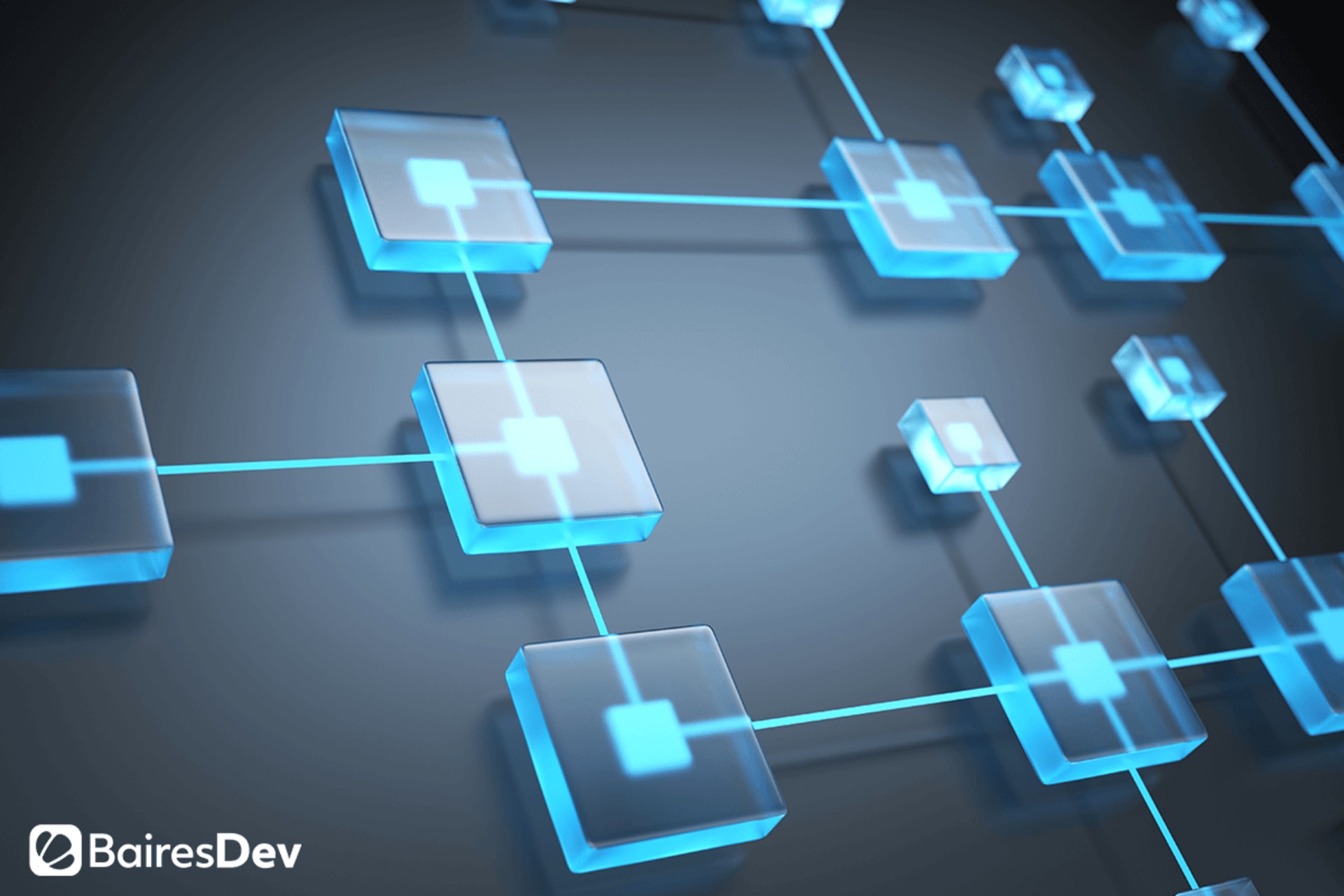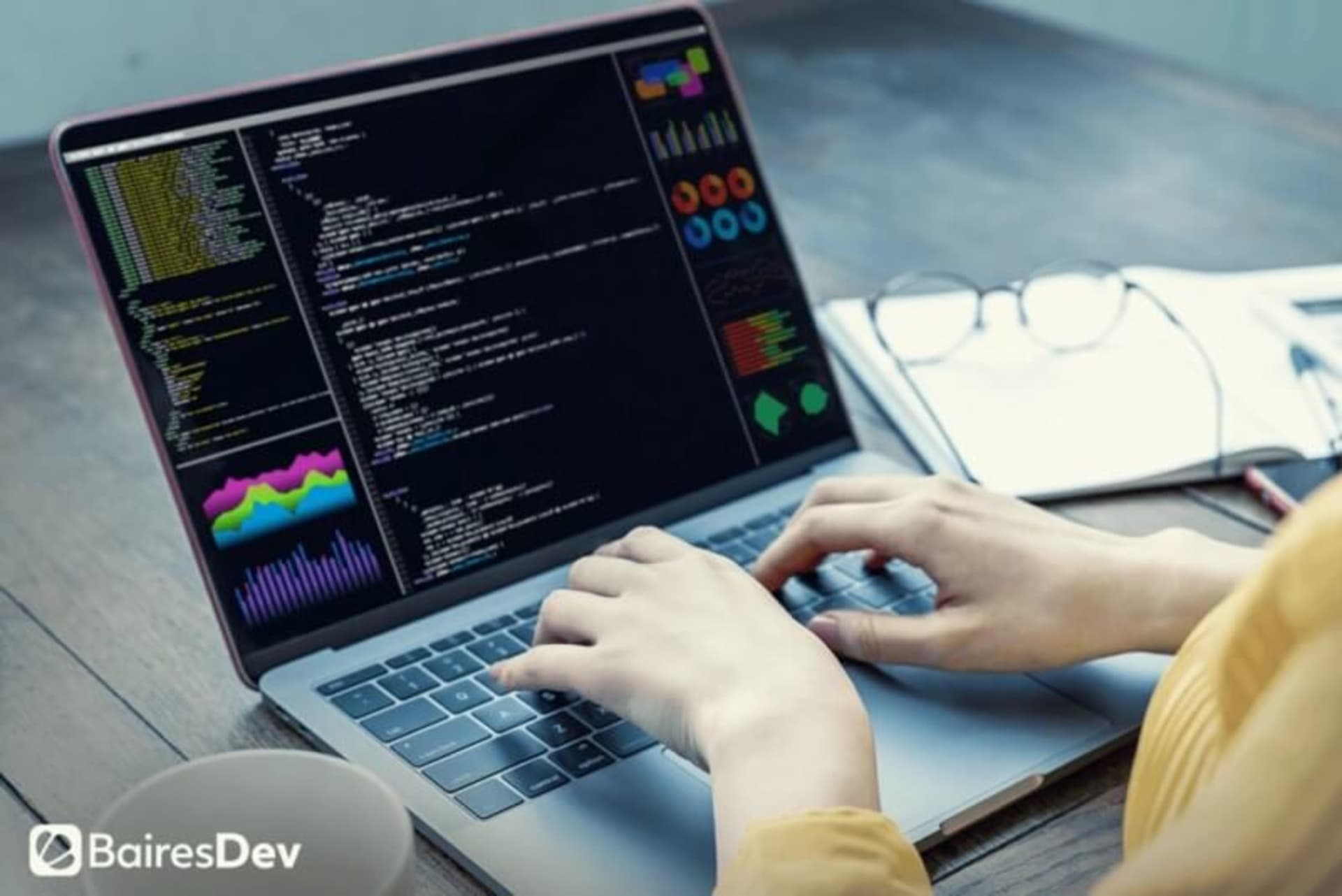We are all aware of blockchain’s potential to disrupt the worldwide economy as we know it. IN fact, a lot has already been done towards that goal, with the increasing investments in cryptocurrencies powering a booming transactional market where the likes of Bitcoin and Ethereum are kings.
But even with the impressive steps in cryptocurrencies and blockchain over the last years, the adoption of the genuinely decentralized economy that stems from them is still in its infancy. Sure, you can buy or pay for certain things using cryptocurrencies. Nevertheless, we’re far from widespread support from crypto (just as a reference, the country where crypto is more commonly used or owned is Turkey, with 20% of people saying they have used or owned crypto in the past).
You might argue that it is just a matter of time before those numbers go up. And while that might be true, the global adoption of cryptocurrencies still falls short of the promise of a complete revolution in economic terms. Yes, local money would be replaced by a more global coin (or coins) with all the effects that may carry. But what if we were to take the decentralization concept a little bit further? Then we will find decentralized finance (DeFi), an alternative that would use blockchain’s main idea and apply to virtually all things financial.
What’s DeFi?
Before diving into what it all means, let’s see what DeFi is. Professor and author Philipp Sandner defines it as “an ecosystem comprised of applications built on top of public distributed ledgers, for the facilitation of permissionless financial services.”
As you can surely notice, the most significant difference with blockchain is that it extends the concept of using decentralized ledgers to the entire financial system, not just to currencies. A DeFi-powered world would use blockchain for more than only purchases. It would use it for saving accounts, securing loans, doing investments and trading, getting insurance, and pretty much anything you can think of that involves a financial institution.
To do so, DeFi uses decentralized applications (often referred to as dApps). We have discussed dApps in our blog before, but it’s worth refreshing the concept. A dApp is an app built on a decentralized environment (such as the peer-to-peer ecosystem of a blockchain). As such, it isn’t controlled by an institution, organization, or company.
A dApp doesn’t live in a single server, depending on a particular team to keep that server running and properly maintained – it’s stored across a network of devices (or nodes), which is why we say these apps are decentralized. Lastly, dApps are open, which means they are accessible from anywhere through the internet. That’s what that “permissionless” on Sandner’s definitions is pointing to: anyone can participate in them. What’s more – anyone can create a dApp, often with the help of a dApp development company to ensure technical expertise and successful deployment.
So, in short, DeFi is a financial system that runs on a peer-to-peer network using a multitude of dApps. For that to work smoothly, we need to add one last thing – smart contracts. If you’re familiar with blockchain technology, you surely know that smart contracts are what make it all happen. If you don’t know what smart contracts are, they are programs or protocols that execute, control, or document a contract, agreement, or negotiation.
In other words, when you enter a smart contract, you agree to specific terms and conditions – just as you would with a regular contract. The thing that makes it smart is that these contracts have automated capabilities that check whether the conditions are met, and the terms are followed. If all of them are met, then the smart contract can trigger a specific action, from depositing money in a digital wallet to granting an insurance policy.
Granting that insurance policy is one of the things that DeFi is trying to achieve with new and more sophisticated dApps. The idea is to go from just securing money transactions to encompass all transactions of the financial world.
How Does DeFi Differ From Traditional Finance Services
All of the above might seem like a neat plan for the future of the finance industry. What you might not know is that DeFi is already among us, albeit on a small scale. There are plenty of DeFi dApps you can use today to circumvent traditional financial channels. From lending out money to earn a crypto interest, to taking loans and making advanced investments, the DeFi world is blooming.
Naturally, there’s still a long way to go, mainly because there isn’t a company or organization pushing for DeFi. There are people from all over the world contributing to the development of DeFi, from crypto aficionados and blockchain experts to QA outsourcing teams doing the testing. Such a myriad of interests and approaches can bring a lot of things to the table, both positive and negative.
All of those interested are working to differentiate the DeFi dApps from the traditional banks. That’s why you can find several differences between them and the typical financial services you use, including:
- DeFi dApps are automatically managed. The traditional system has financial institutions and banks to carry out its operations. DeFi replaces them with rules determined in the smart contracts. dApps use these smart contracts to govern all transactions automatically, with virtually no intervention from operators (we say virtually because there are instances that dApps need to be fixed or upgraded).
- The network is fully transparent. One of the biggest criticisms of the traditional finance system is how “closed” it is, as you can never see the entire ecosystem and its flow. DeFi is the opposite of that: the underlying code is open for everyone to see and contribute to its development, from smart contracts to transactions. You might argue that opening transactions to the public endangers people’s privacy. But since DeFi uses pseudonyms, operations can’t be tied to specific people.
- dApps are accessible from anywhere at any time. Since the DeFi system is the same for everyone in the world, you can access it from anywhere you are through an internet connection without any service limitations (at least from the technical standpoint). There are no business hours, either, so you can make a transaction at any moment, according to the smart contract’s terms.
- DeFi is permissionless. We said it above, but it bears repeating because this is a central aspect of DeFi. The permissionless nature lets anyone with an internet connection in, without you having to apply for a service or bypass a monitoring entity to get a grant. Since smart contracts are individual, inflexible, and govern all transactions, the only gatekeeper to all DeFi’s movements and actions are the conditions on the smart contracts.
Are We Ready For DeFi?
That’s the big question, isn’t it? As it stands, DeFi feels like a beneficial route to take, as it offers more flexibility, availability, transparency, and security for everything related to the financial world. Of course, for that to happen, countries all over the world would have to go cashless and massively adopt cryptocurrencies. That feels like a more political decision than anything else, but DeFi can use some improvements to prepare for a future where that decision becomes a reality.
For instance, today’s DeFi dApps don’t borrow crypto to anyone that doesn’t already own crypto. It still depends on collateral as a guarantee, mainly because it doesn’t have a developed identity system to allow for unsecured borrowing. Then, there’s the security of smart contracts that are (and probably will always be) in the crosshairs, as someone with enough knowledge could hack a dApp’s open code and exploit them. Finally, the user experience is a limiting factor to adoption today: dApps still need to work on their UX to appeal to a more massive audience outside the blockchain niche.
These and other challenges are keeping DeFi from getting more traction than the one it’s already getting. However, despite the limited popularity, it’s impressive to see that there’s a radical alternative to the financial world we know today. Sure, it might be in its nascent stages. Still, if the technologies and the general opinion about them keep changing, the DeFi ecosystem may become the future of the finance industry.






